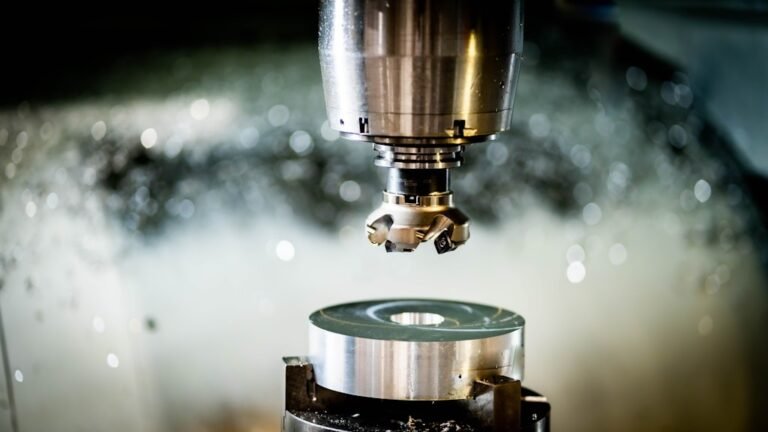CNC forming is a highly advanced manufacturing process that combines digital control with mechanical precision. Using specialized CNC machines, engineers can cut, bend, and form metal components such as aluminum, steel, and copper with exceptional accuracy.
- What Is CNC Forming?
- Machines and Processes
- Materials and Applications
- Precision and Quality
This technology is fundamental in construction, automotive, and aerospace industries, where repeatability and precision are essential.
What Is CNC Forming?
CNC forming refers to the controlled deformation of materials using computer numerical control (CNC) systems. The process allows a machine to perform cutting, turning, or bending operations according to programmed instructions. It ensures consistent quality of parts and reduces human error. In practice, the operator defines parameters such as angle, radius, or force, and the machine executes the sequence automatically.
The result is a high-quality component ready for assembly or further processing. The use of CNC also enables complex shapes that would be nearly impossible to achieve manually.
Machines and Processes
Modern CNC machines integrate multiple operations within a single system:
- Cutting – precise removal of material to achieve the required dimensions,
- Forming – controlled shaping under mechanical pressure,
- Turning – rotation-based material removal for cylindrical parts,
- Deburring – smoothing edges and surfaces after cutting.
Each machine is equipped with servo motors, hydraulic systems, and advanced software that monitor every step of the forming cycle. Real-time correction of tool paths ensures minimal waste and maximum repeatability.
Materials and Applications
CNC forming is commonly used with aluminum, stainless steel, and structural alloys due to their favorable strength-to-weight ratio. The technology is widely applied in:
- Construction – production of frames, panels, and support structures,
- Automotive industry – manufacturing brackets, profiles, and chassis elements,
- Aerospace – precision components with tight tolerances,
- Consumer products – casings, handles, and decorative metal parts.
Because CNC allows fast parameter adjustment, the same machine can produce both prototypes and large production batches without the need for extensive retooling.
Precision and Quality
The advantage of CNC forming lies in its accuracy and repeatability. Digital programming eliminates deviations caused by manual work, while automated feedback systems monitor tool wear and compensate for dimensional changes. Each operation can achieve tolerances below 0.1 mm, making it ideal for demanding industries.
